
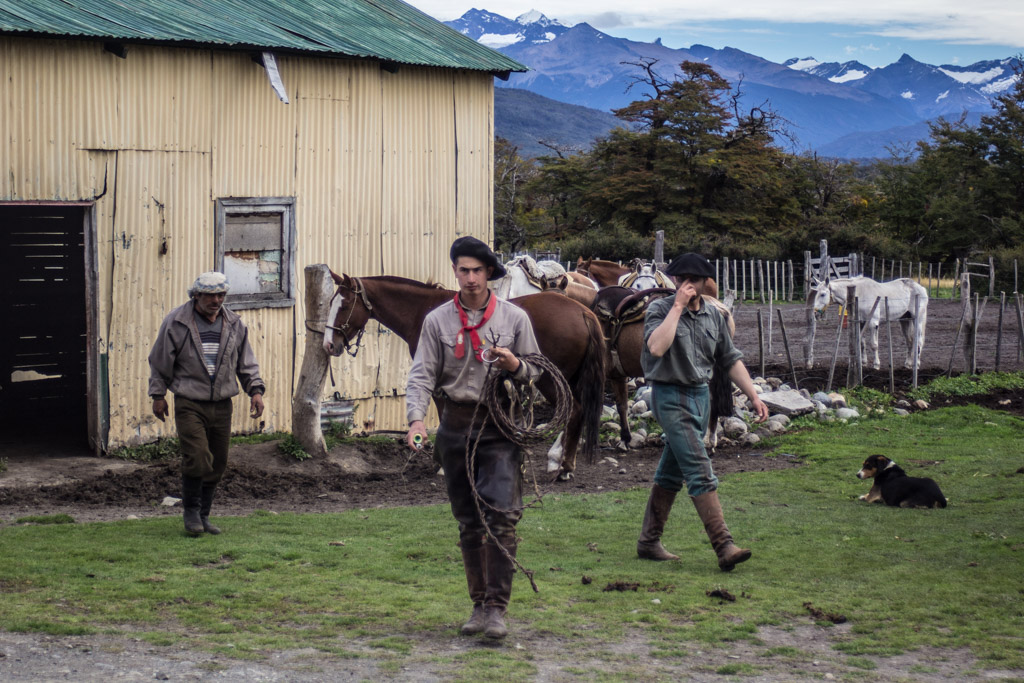
Argentina with Family
March 17 - 25, 2017
March 17 - 25, 2017
Amanda’s blog had us leaving the Chilean Patagonia with the quote, “Strong and content we traveled the open road.” With that in our rearview mirror, the three of us crossed the Argentina border to the town of El Calafate, Argentina. Calafate is a berry that has the reputation, “If you eat the berry you are destined to return.” We tasted a calafate flavored beer, “Does that count?” The two principal things to in El Calafate: 1) Rest from our exhausting mountain hiking 2) See the Perito Moreno Glacier.
Before seeing the glacier up-close we stopped at an estancia (ranch) and watched a lamb sheered using hand sheers. The price of wool has really plummeted with the development of synthetic outdoor apparel. China is now buying lamb oil that is pressed from the wool for facial treatments. New lamb breeds are being developed that emphasize meat production vs wool growth. Regardless of wool prices the sheep must be sheered each year or they could die in the winter because of the extra weight of the wool. The estancia had gorgeous views inside the national park and served an excellent parrillada (grilled meats including lamb). The estancia had gorgeous views inside the national park and served an excellent parrillada (grilled meats including lamb).
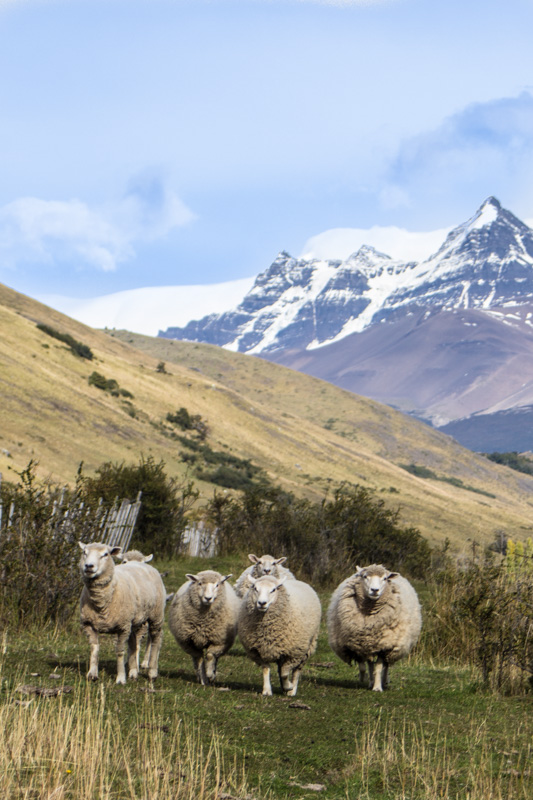
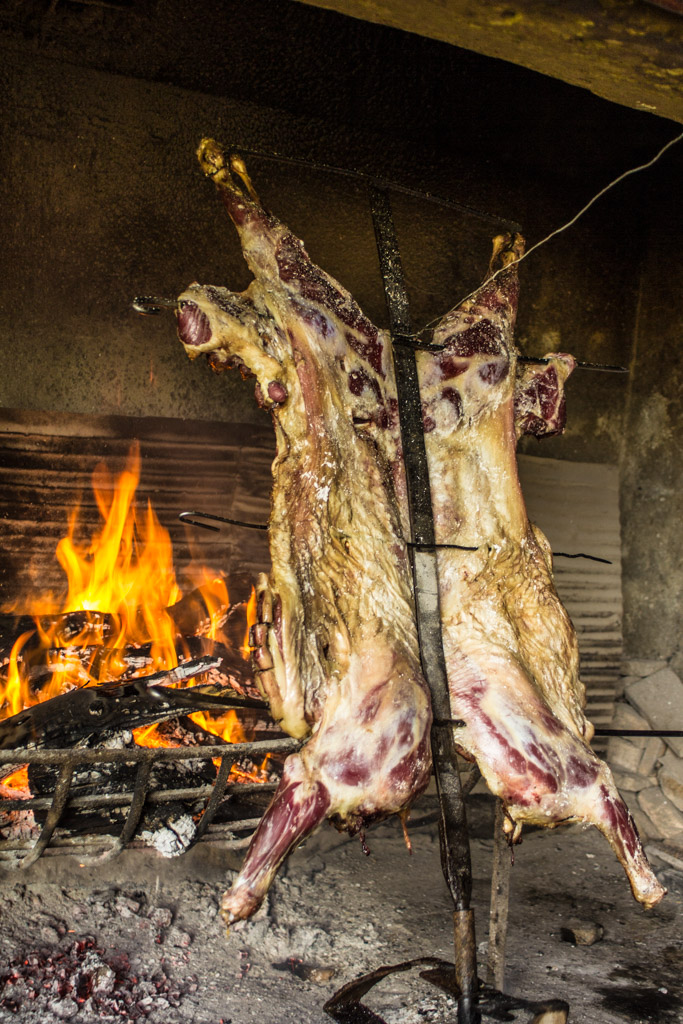
Before

After

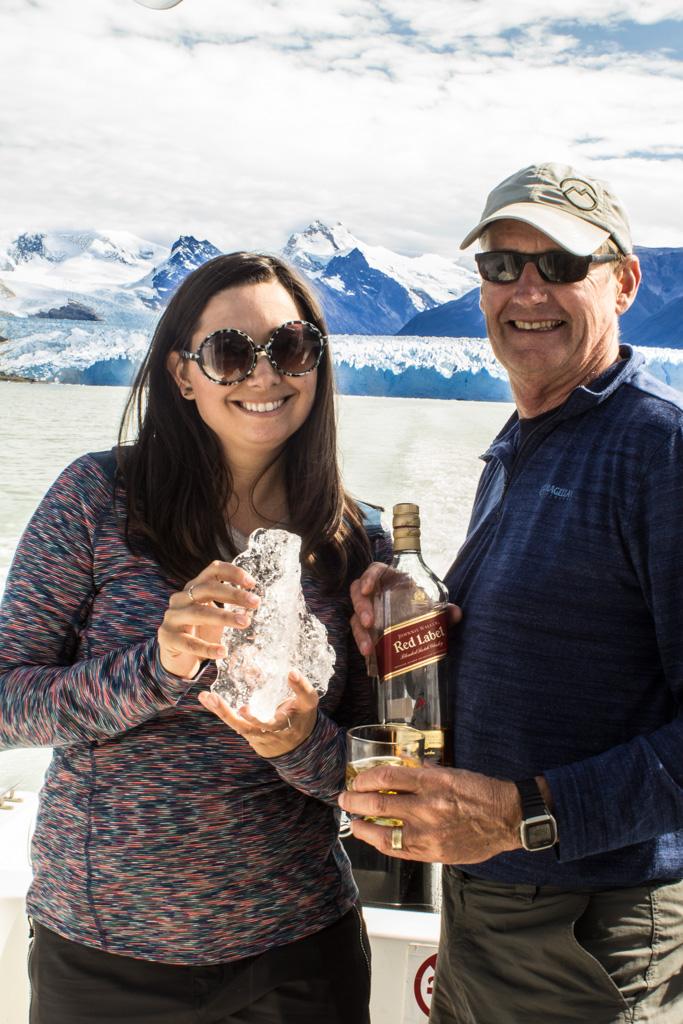
Perito (meaning expert) Moreno was a famous Argentine explorer and hero who diverted the Rio Fenix so that Argentina could claim a large part of Patagonia from Chile. The glacier that bears his name is unusual in that it is not shrinking (as almost all glaciers around the world) with the current climate change. This glacier melts about 30 meters every summer but then grows 30 meters every winter. The glacier is famous for the calving (huge chunks of ice falling into the lake) that makes a tremendous roar. A tradition for glacier explorers is to sip some whiskey using a chunk of glacier as your ice. Nice tradition!
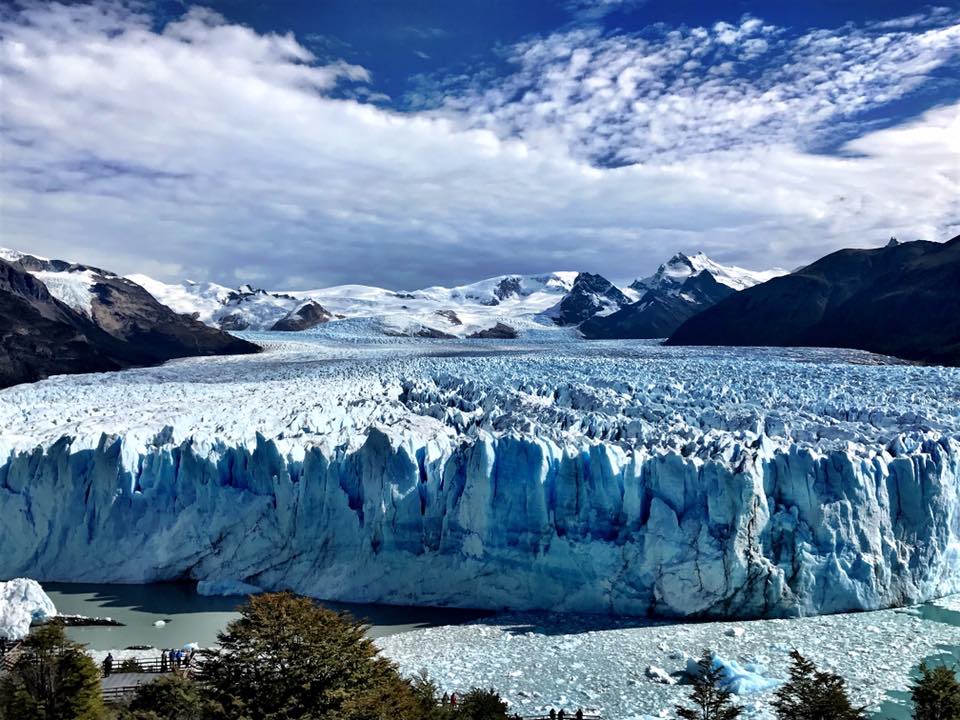
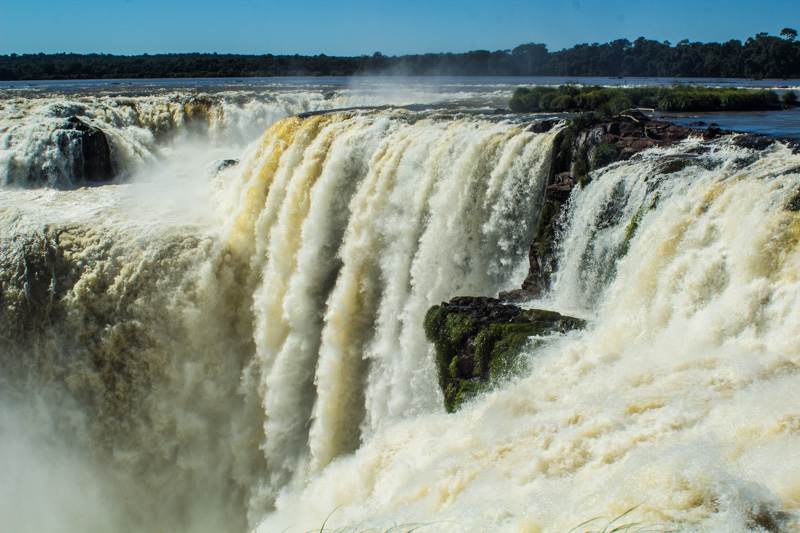
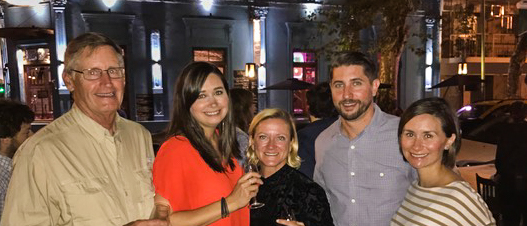
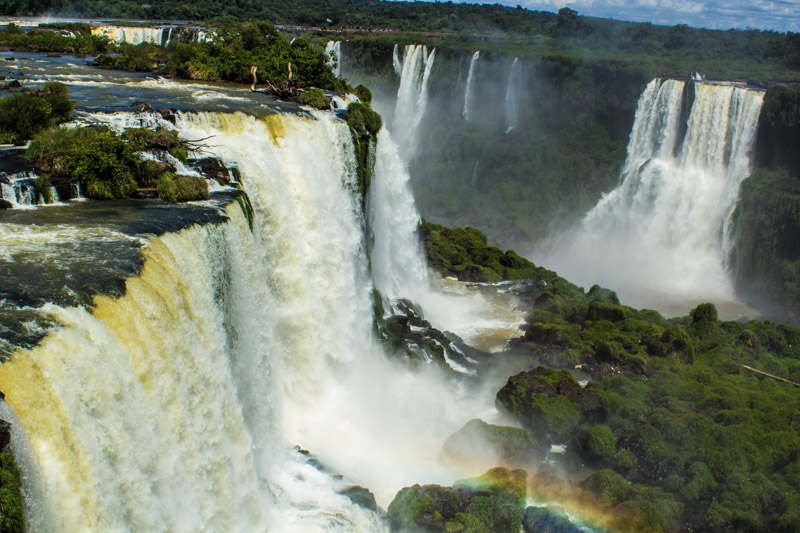
After a few days in beautiful El Calafate, and one week in cold Patagonia, we boarded a plane headed to the NE corner of Argentina, the hot jungle of the Iguazú Falls region. Iguazú Falls is located on the corner of three countries: Argentina, Brazil and Paraguay. The falls are actually 83 separate falls that when combined are awesome!
The best panoramic views are from the Brazilian side but we did not have Brazilian visas to cross the border. No worries, just pay a taxi driver to take you and the driver just waves to the Brazilian immigration officials while not even slowing down. So, we saw the falls from the Brazilian side and the next day up close on the Argentina side. The most impressive was the “garganta” looking into the throat of the falls. The tremendous roar of the falls, along with its natural beauty, cannot be duplicated in words or recording equipment. Simply awesome!
Last port of call for Amanda: Buenos Aires. There are some cities in the world that live up to their hype and Buenos Aires (BA) is certainly one of them. It is very European in design, many parts of the city are very cosmopolitan, there are lots of things to do, abundant designer shopping for those that like that and the food is fabulous. The tango is not just a tourist gimmick, its roots go way back to the city, but more about that later.
We spent our time in Buenos Aires in the traditional part of the city. As previously mentioned, it is very European looking because the older buildings were designed by French and Italian architects. These buildings have the elaborate decoration so common in the early 20th century.
We spent our time in Buenos Aires in the traditional part of the city. As previously mentioned, it is very European looking because the older buildings were designed by French and Italian architects. These buildings have the elaborate decoration so common in the early 20th century.
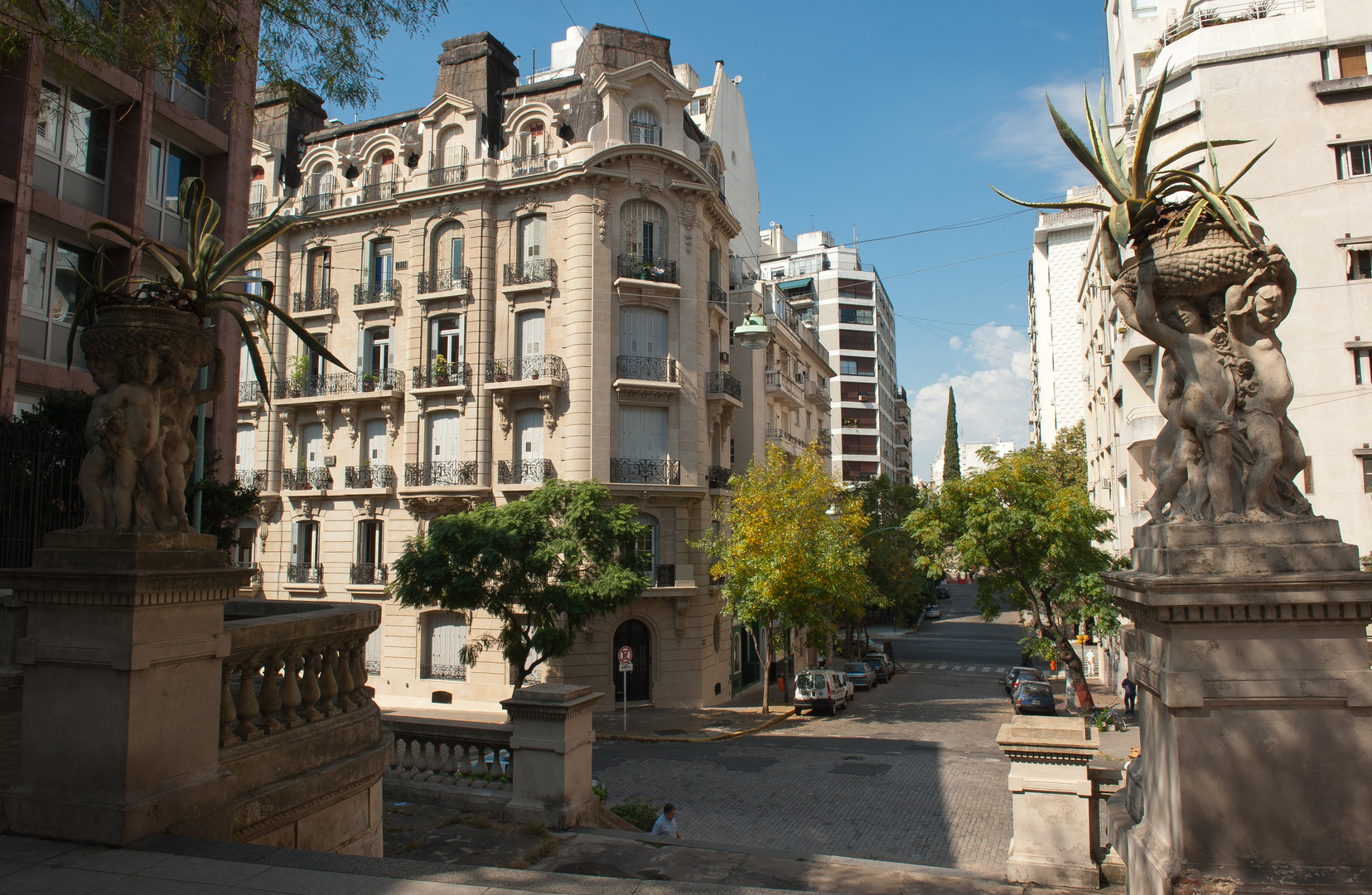
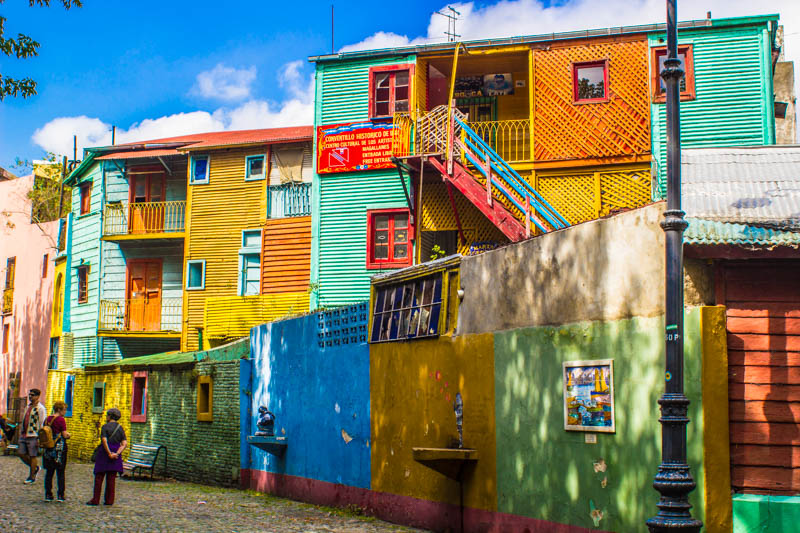
One interesting neighborhood of BA is La Boca (The Mouth). It was BA’s original port of entry and received over 6 million European immigrants, second only to Ellis Island. In order to expand their country the Argentine government promised housing and a job for every new immigrant. Immigrants came from all parts of Europe including Ireland, France, Spain (+ Basque sheepherders), Croatia and Russia. But most immigrants came from Italy. For this reason there are more Italian descendants in Argentina than Spaniards. What the government didn’t tell the immigrants was that 60% of all arrivals died from yellow fever once ashore.
During this heavy immigration period housing was provided in La Boca but the conditions were harsh. Housing was a conglomeration of different building materials and paints that La Boca has continued in this tradition. Some small buildings sometimes had 26 families living on the same floor but most immigrants were single men. With that many men, fights were common in the streets and brothels. The fights/wrestling that occurred during the scuffles were the inspiration that led to the famous tango dance with dramatic movements that mimicked a fight. So now you know where the expression originated.
The tango dance was actually made famous in the 1920’s in Europe and spread to the U.S. Eventually it made its way back home to Buenos Aires and has remained. The melancholy music and song lyrics are very dramatic and fatalistic, but very moving. Is it possible to go to BA and not see a tango show?
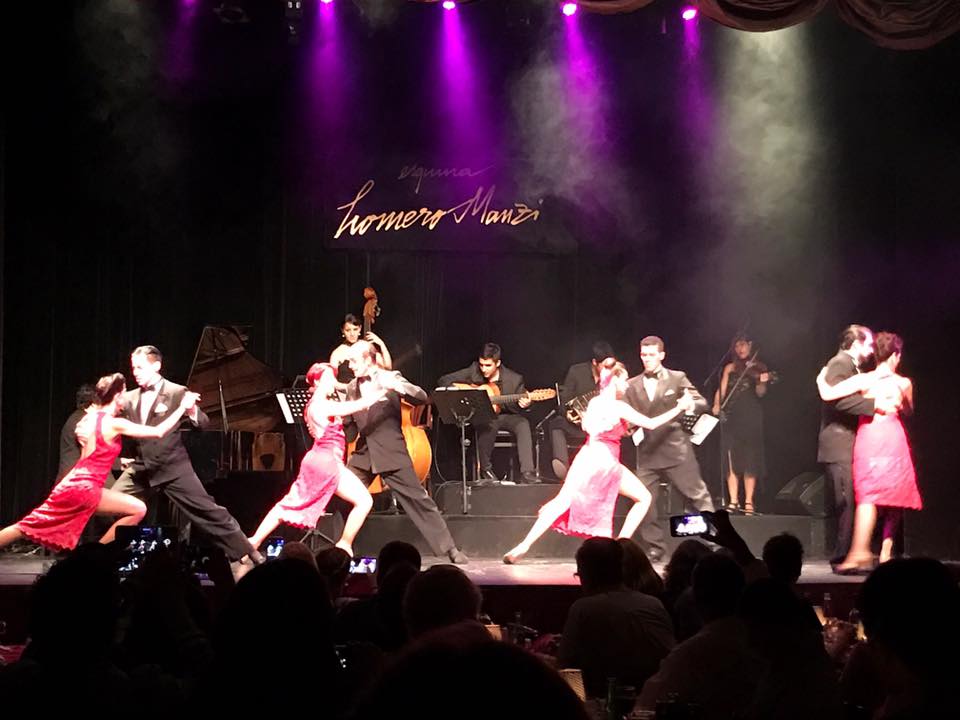
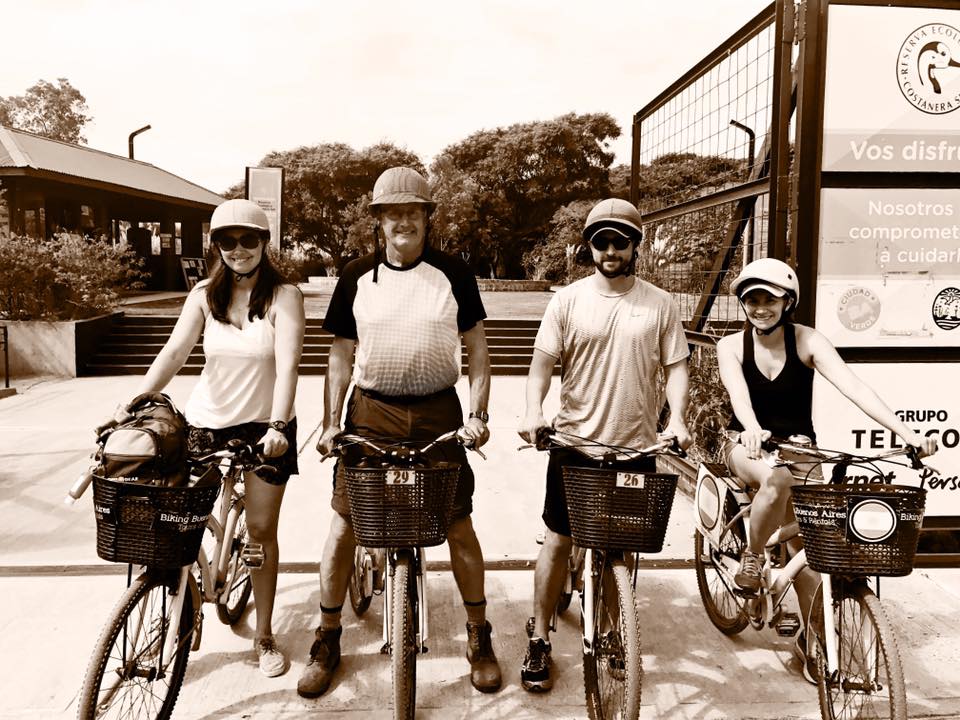
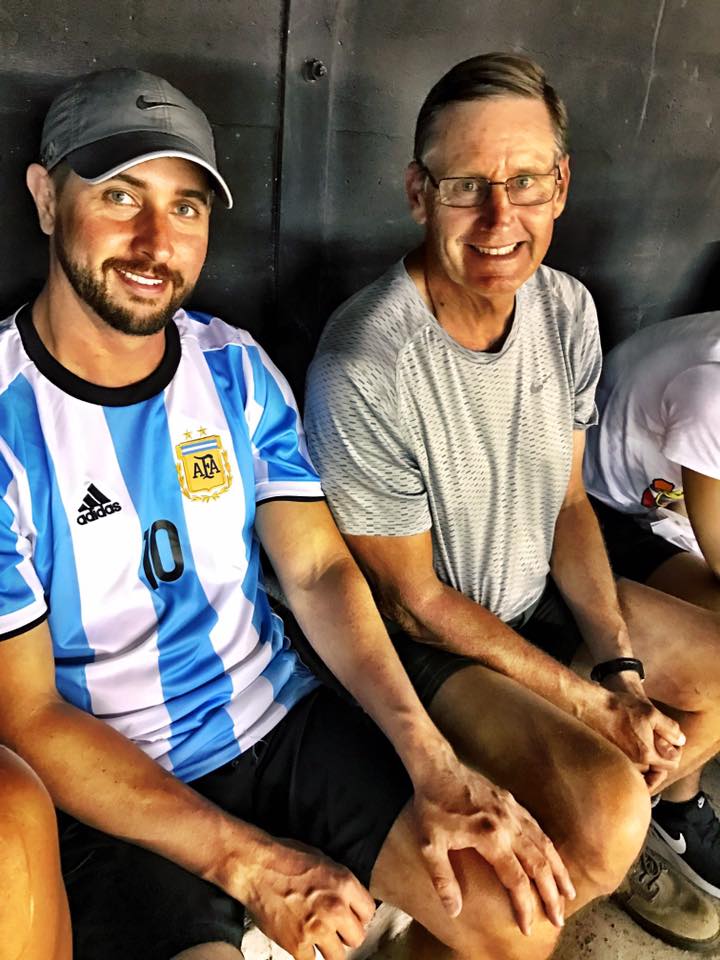
The biggest BA treat was meeting son Nathan, and his wife, Vanessa. What a great place for a mini family reunion? We had a lot of fun, including riding bikes throughout BA and attending a football (soccer) match. Biking was fun but the football event was mind blowing.
The game we saw was a big deal, Argentina vs Chile, was a playoff game toward the 2018 Russia World Cup. Argentina was in a ‘must win’ situation or be eliminated. Argentina’s (and the world’s) most famous soccer player, Lionel Messi, flew from Barcelona to play for his country. I have been to a lot of sporting events but nothing like an Argentine football playoff game.
We took the subway to the game and the streets were packed with thousands of Argentina fans walking to the stadium. About 1 ½ hours before the start, the Chilean fans were bussed in, about 40 buses, all arriving at the same time. The Chileans were led to the stadium by riot police and were seated in two sections of the stadium that were surrounded by chain link fence, razor wire and more armed guards.
We took the subway to the game and the streets were packed with thousands of Argentina fans walking to the stadium. About 1 ½ hours before the start, the Chilean fans were bussed in, about 40 buses, all arriving at the same time. The Chileans were led to the stadium by riot police and were seated in two sections of the stadium that were surrounded by chain link fence, razor wire and more armed guards.
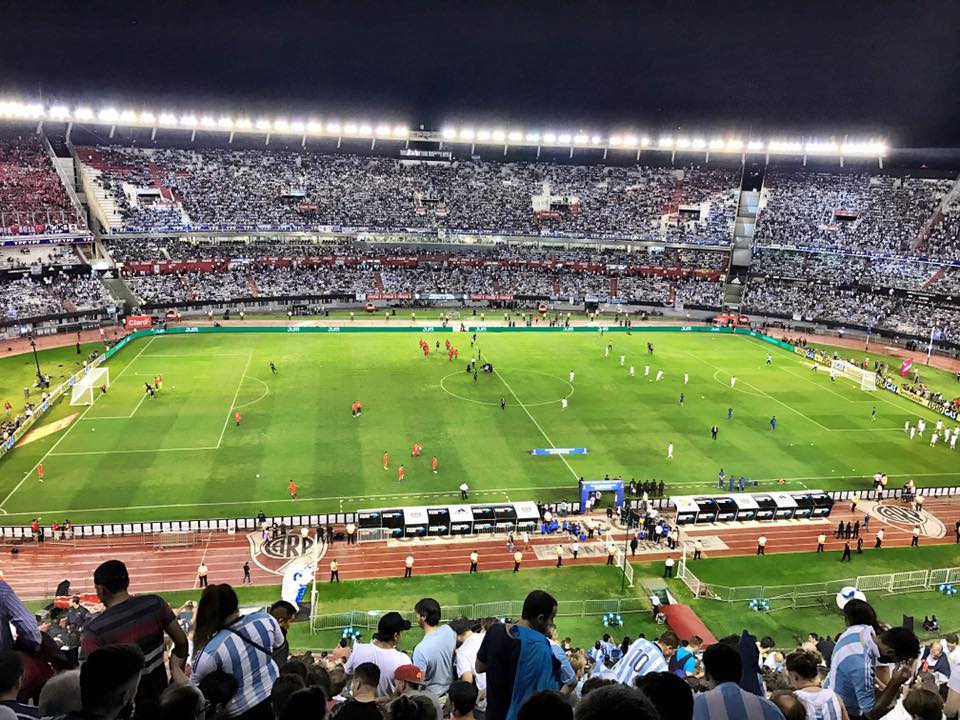
The stadium held an estimated 80,000 fans, mostly Argentines. As the game progressed the Argentine fans began to sing together chants, or rally songs. There were about 7 different rally songs but all ended with 60,000 Argentine fans singing (yelling) “Estos Chilean putos!!” (These Chilean queers!). Quite dramatic, to say the least. Messi scored the only goal of the game so Argentina survived to play another game. After the match concluded not a single Argentine fan left the stadium until the last Argentine player (Messi) left the field. The Argentine fans were very respectful leaving the stadium but the Chilean fans were not allowed to leave until the Argentina fans had left. By the time the game ended the subways had stopped running so we had walked for almost an hour until we caught a taxi home.
Buenos Aires lived up to all expectations and it was great to be back with family after 1 ½ months traveling. We had a great time sharing the experience of living, learning and breathing in a new city/country. In September we will get together again and we have great Buenos Aires/Argentina memories to recount!!
Buenos Aires lived up to all expectations and it was great to be back with family after 1 ½ months traveling. We had a great time sharing the experience of living, learning and breathing in a new city/country. In September we will get together again and we have great Buenos Aires/Argentina memories to recount!!
Our next blog will include Uruguay and Northern Argentina. Until then, Cheers!
Brian and JoDon
Brian and JoDon





